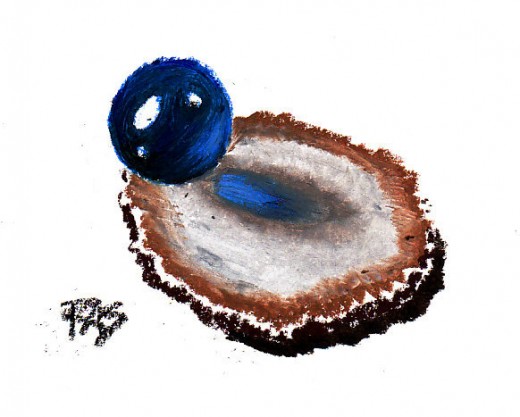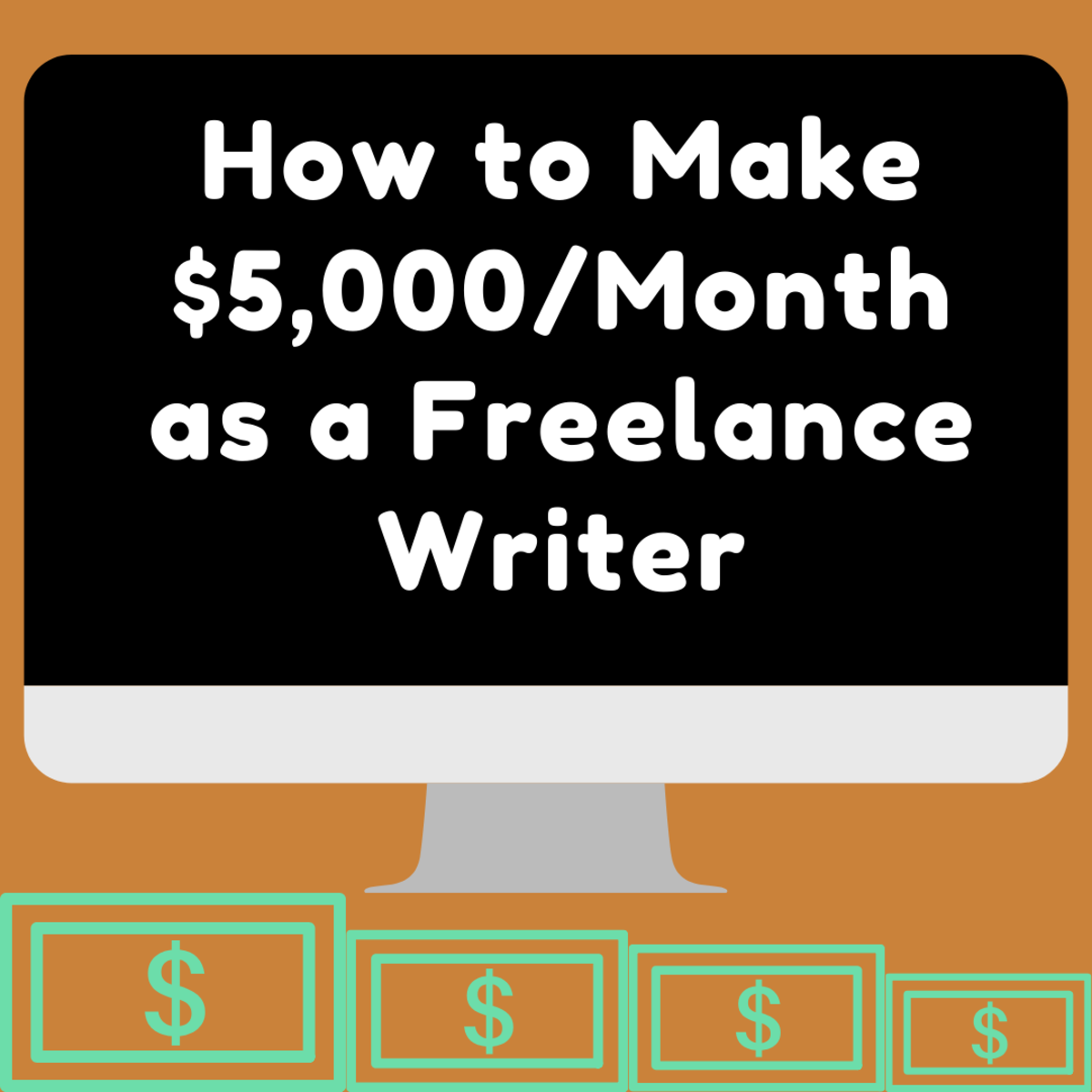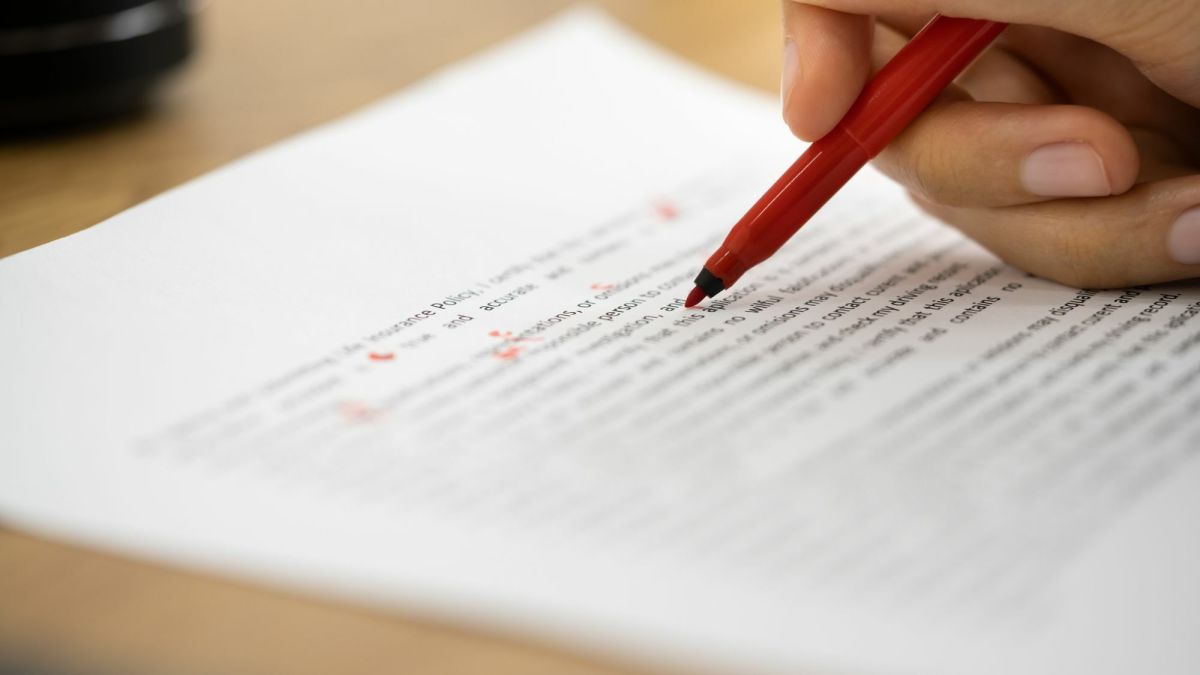How to Write a Novel Synopsis
Clear and Simple

Why write a synopsis?
Well, if you're the type of writer who prefers to plot your book before writing it, a synopsis can be handy as a type of outline. Write out the plot in detail and then you can write each section of the synopsis as a separate project. That might make it easier to work on a novel a little at a time if you're also working a regular job or have other big distractions in your life.
It's more essential than that when you're done editing.
Writing a novel synopsis is part of the process of selling your novel to big pro-paying publishers or even to small press. Many of the more reputable small press publishers will behave like the bigger publishers they want to grow into. They'd love to get more readers, sell more books, get a larger chunk of the industry and there are traditions in publishing that go back longer than I've been alive.
Most of them are practical ones, like the synopsis or manuscript format itself.
It doesn't take long for a slush pile reader to skim through a one or two page synopsis to find out what the book's about. That's when they can tell if you sent in the right genre, if the plot's good, if it fits the type of story they publish. It's like sending a sketch for an illustration assignment. They don't have to read the whole book to know if they want it.
The standard submission package is a cover letter introducing yourself and telling a little about why you wrote this book, your qualifications to do it if they're relevant. Then a synopsis that could be from one to ten pages and a sample chapter or the first 30 pages. That last shows them you can write well enough to do a professional quality book.
Every publisher is inundated with more submissions than they can handle. Read the submission guidelines exactly. Follow them precisely to the letter. If they want it in Courier or Courier New, use that font. If they want it in a doc file, find a way to put it in a doc file. If they want ten chapters and a one page synopsis, do it that way.
This proves to the editor that you can follow instructions. If you sent a ten page synopsis when they asked for a one page synopsis, they don't know that if the editor says "Cut twenty pages from it and don't trim out any good dialogue" that they won't get back something that only has one page trimmed and that cut all the editor's favorite dialogues. These little niggling details can be different in different publishers' submission guidelines.
So what they are really testing is "Can you pay attention to instructions and understand them?"
So in any novel submission, first read the submission guidelines. If your novel is in a genre they say they don't want, don't send it. They really don't want it even if it's the best novel ever written and another publisher will make a mint off your bestseller. They are looking for the genres and types of novels they describe in the guidelines. So hunt down the ones that do take your genre and try for the best matches you can.
And expect to do a synopsis from 250 words to about 2,500 words depending on which publisher it's for.
Form of a synopsis
Check this information against the specific submission guidelines of the publisher you're sending it to. This is general information that's always contradicted by real submission guidelines.
Novel synopses are usually single spaced, 12 point Times Roman or similar font with 1" margins. They should be written in present tense, third person omniscient. There's no distraction from whose point of view the scene is in, nothing about the style to show anything except what happens to who, when, in the order it shows in the book. Be very careful about that last if you used any time travel or flashbacks in your novel.
That is absolutely the weirdest thing about a synopsis. It reads like you're telling the plot of a movie though in that form. Here's an example of the prologue and first chapter of the novel I'm editing, synopsized.
Cannibal shaman Vaumuru of the Blood Eaters tribe decides to hunt Kovu, the shaman of the Black Rock tribe, so he can eat him to gain his power. He sets up a curse of stupidity on the Black Rock tribe by burying a curse fetish in the mud next to the river. The curse works.
Tano the hunter scouting for mammoths tries to kill a brown female with a lucky shot. The mammoth cow moves and he spears Ootha the sacred white mammoth bull that is the Black Rock tribe's guardian, he is taboo and never should be hunted. Churri, a young woman, finds the curse fetish digging for roots, pulls it up and recognizes it as a curse fetish. By saying "Cursed" she breaks another taboo, releasing it to do its worst. Rugi, a little girl, breaks a third taboo by painting red ochre on the images of the animals in the men's hunt ceremony cave.
Ootha leads the stampeding mammoths through the Black Rock camp, killing Churri's promised husband Donu, a couple of other people and the tribe's oldest woman Bolitha...
I put the example of synopsis prose into italics so that you could get a feel for how it reads. I'm telling the plot as if explaining what happened in a movie. I mentioned specifics, what happens to who. The only details included in the synopsis are those absolutely essential to understand what's going on.
The editor needs to know the Blood Eaters are cannibals, mentioning that once is important. What each of the shamans' totem animals are isn't important until they come on stage. Who the two other people are that got killed by mammoths isn't as important as the two that'll get the most attention in the book. Bolitha comes back as a ghost, a very active character, while Donu occupies so much of Churri's thoughts that he's important to the readers. Her grief is an important part of the plot.
If I were doing a longer synopsis, say, a ten page synopsis, I would go ahead and list the dead. I'd mention the arguments between characters and who carried little Rugi out of the stampede. Even in the long version though, it's still just about what happened when and to who.
Reading over the synopsis shows things about the plot that you may not have seen until you create one. For example, in the three different taboo-breaking things that the curse of stupidity caused, magic is established because the effect came before the cause. It doesn't make common sense for the white animal to get wounded before the curse gets activated or the little girl paints a wound on its picture, but it makes magical sense because all three events are that connected. Later on in the book if I want effects to come before their causes in magic battle, that's already set up as how magic works.
I didn't halt the action in the novel for a long discussion of magical theory and why effects happen after causes. The people in the world of the book know that magicians know how these things work and the magicians in the book understand it well enough not to stop and give theory lectures to their apprentices in the middle of crises. It's more important that kind of backstory stays in my notes and the events are consistent with themselves. So only put in the Rules of Magic in your novel if there is a place where their being told to someone will change the plot, affect what happens from then on.
In Isaac Asimov's robot novels and stories, every one of them established the Three Laws of Robotics early so that readers could enjoy a fun puzzle discovering why a robot seemed to break them. He played fair because there was always some trick of the phrasing that meant the robot really did not break the rules, it found an exception or went loopy because it had conflicting commands at the same priority level. So if he was sending in a novel synopsis for I, Robot, he probably would include the full text of the Three Laws of Robotics in the synopsis. He might paraphrase and shorten them to do a short synopsis.
To send in Vaumuru's Curse, I will probably have to write several versions of the synopsis to the lengths required by different publishers and agents. I've seen them request synopses as long as 25 pages. Usually they mention format and font in the description but that trick of putting it in present tense is something I picked up from some pro fantasy writers. It's standard throughout the industry, a synopsis written in present tense will read as if you'd already sold four novels and your book's a solid investment.
Remember on sending in your first novel that in essence, you are asking a publisher for venture capital. Not only your advance but the cost of printing your book, distributing it and advertising it is a big investment on their part for a fairly low but stable profit margin. The more your presentation looks as if you know the ropes and your next book will be at least as good as the first one, the less of a risk that book looks like.
Once you've written your synopsis, this also gives an editor who buys your book a tool for critiquing your plot. A skilled editor could look at mine and say "Combine these two characters" by seeing how each of them fits into the story as a whole. Editors are better at suggesting plot changes than authors are, because their entire job is to take a good book and polish it into a better book.
They know how stories are put together. They can see how it paces once it's simplified to just the plot, what happened when to whom.
#6 in my 3//30 HubChallenge

Final Tips on Writing Synopses
Never, ever, ever write a synopsis without revealing the ending or the twists in the plot. Every story question that gets answered in the actual text of the book should have its answer in the synopsis. Editors are not reading for pleasure, especially not when they're just judging whether the plot hangs together. They need to know what the twist ending is in order to see how well you built up to it.
This has nothing to do with how well you built up to it in your prose with foreshadowing and description. It has much more to do with whether all the events that lead to the twist ending are included in the story. Misleading readers with red herrings and other twists and assumptions is fine. Editors like that sort of thing.
But in a synopsis, the editor needs to see the skeleton of the story. It's the difference between an architectural diagram,and a building. You don't need to be told that the lines on the diagram represent three dimensional vertical walls with studs every sixteen inches. The specs tell you that. It's not a pretty three dimensional rendering of the finished house because that wouldn't show the back or the interior bathroom. What it shows a trained architect is whether the house will stand up if it's built.
The editor will not have time to read through the entire novel to find every typo, that's a copy editor's job if you're lucky enough to get one that doesn't put new typos in. One pro writer of my acquaintance did. The editor needs to judge plot fixes by a well written, accurate synopsis that doesn't leave anything out. If she decides an entire scene is extraneous, she didn't need to read it to know that you already introduced that character in another one.
So writing your synopsis before sending out your novel is essential to you, the writer. That editing tool becomes yours even if like me, you write in a linear organic method starting on page one and making it up till you get to the end. I don't know if anything I came up with in the middle is redundant, but when I finish my synopsis for Vaumuru's Curse, it will also become something easier to edit than the whole text.
I could decide that a particular scene would be irrelevant if I move just one little part of it into another, like mentioning someone's name. Or combine two characters, or split a character into two different ones because the synopsis showed me that I had a hunter in two places at the same time. It's a way for me to check the novel's structure before a first reader is looking at it to decide if it's good enough to pass on to the editor.
You can either create the rough draft of your synopsis before writing and keep making changes, or write it after doing the rough draft to find out what you have down. This will also show whether you left out an essential event that had to be included in the plot, making it possible to write that extra scene and add it. I didn't at any point in the very first draft of Vaumuru's Curse show Vaumuru casting it or explain that it was a curse of stupidity even though that was the cool idea that made me laugh and start writing the book and its effects were the first things that happened in chapter one.
So I added a short prologue showing Vaumuru casting his curse. The real cause came way before all three magical effects happened and I leave it open as to whether all three of those events happened at the same time -- the mammoth getting wounded, the kid painting the cave walls like it was your kid on the family portrait, the girl handling a toxic object and setting it off by not taking the most basic precautions not to set it off.
I lost my first synopsis in a computer crash, but I remember what I found out while writing it and how I used it. The synopsis can be rewritten again and again until it's perfect and the plot of the book is perfect -- but if you cut out a two thousand word scene, you don't need to waste time checking the spelling and polishing every sentence in it first. So the novel synopsis is a tool for both writing novels and selling them.
Crafting a good synopsis is one of the many skills novelists need to learn no matter what stage in the process they do it. So if you've got a finished Nanowrimo around, read through it and write yours in format from the beginning. That saves having to rewrite it to put it in present tense third person omniscient. Then when you're done with all your editing passes, make sure it's got good clear plain prose and put it in a professional submission package.
You won't regret it, because that'll open the door to editorial suggestions, a novel contract and a real check for the good novel that only you in the whole world could ever have written.








